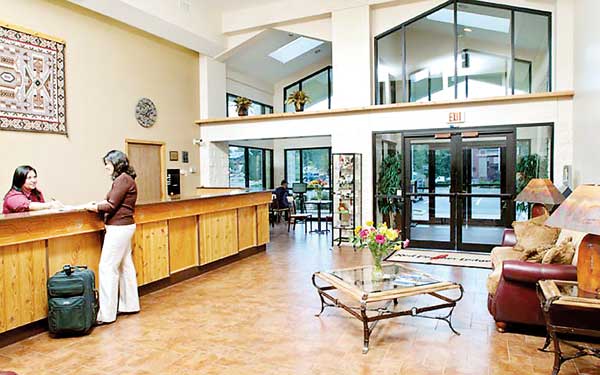18 Mar 2014 - {{hitsCtrl.values.hits}}

(1)(1)(1)(1).jpg) “Eschew obfuscation, espouse elucidation” is a humorous fumble rule used by English teachers and professors when lecturing about proper writing techniques.
“Eschew obfuscation, espouse elucidation” is a humorous fumble rule used by English teachers and professors when lecturing about proper writing techniques. This combination is called RevPAR (Revenue Per Available Room). RevPAR is the total guest room revenue divided by the total number of available rooms. Let us understand this concept by our imaginary hotel which we had discussed earlier. Earning $ 4,150/- last night, from the sale of 50 rooms (out of a total 70 rooms), its revenue per available room (RevPAR) is 4,150 / 70 = $ 59/-. RevPAR differs from ADR because it provides a convenient snapshot of how well a hotel is filling its rooms, as well as how much it is able to charge. ADR on the other hand shows only the average rate of rooms actually sold and unlike RevPAR, it is unaffected by the amount of unoccupied available rooms.
This combination is called RevPAR (Revenue Per Available Room). RevPAR is the total guest room revenue divided by the total number of available rooms. Let us understand this concept by our imaginary hotel which we had discussed earlier. Earning $ 4,150/- last night, from the sale of 50 rooms (out of a total 70 rooms), its revenue per available room (RevPAR) is 4,150 / 70 = $ 59/-. RevPAR differs from ADR because it provides a convenient snapshot of how well a hotel is filling its rooms, as well as how much it is able to charge. ADR on the other hand shows only the average rate of rooms actually sold and unlike RevPAR, it is unaffected by the amount of unoccupied available rooms.
25 Nov 2024 4 hours ago
25 Nov 2024 5 hours ago
25 Nov 2024 5 hours ago
25 Nov 2024 6 hours ago
25 Nov 2024 7 hours ago